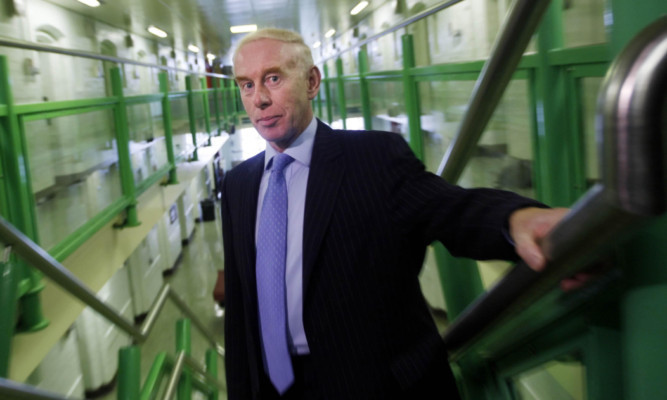Rehabilitation of prisoners to prepare them for life after they are released and reduce the chances of them reoffending must be better organised and resourced, the chief inspector of prisons has said.
Poor access to purposeful activities such as work and education remains a concern, according to HM Chief Inspector of Prisons Brigadier Hugh Monro’s annual report for 2012/13.
Brig Monro used his fourth and final annual report to highlight ongoing issues related to providing activities for prisoners and reiterate calls for a Scottish Prison Service review of the way prisoners are rehabilitated.
While he highlighted progress in a number of areas, including improvements in the treatment and conditions for women offenders, Brig Monro said he was “less optimistic” about improvements in purposeful activity.
Poor access to work and education opportunities has been raised in almost every inspection report over the past four years, Brig Monro said.
He said improvements had been made at some prisons, such as Cornton Vale, Glenochil, Kilmarnock, Barlinnie and Dumfries, but it was “dispiriting” to find “a significant proportion of prisoners or young offenders in halls or their cells during the working day”.
“As I reported in the report on Polmont, some young offenders are still in their beds in the afternoon,” he said. “Watching day-time television is not, in my view, a substitute for purposeful activity.”
